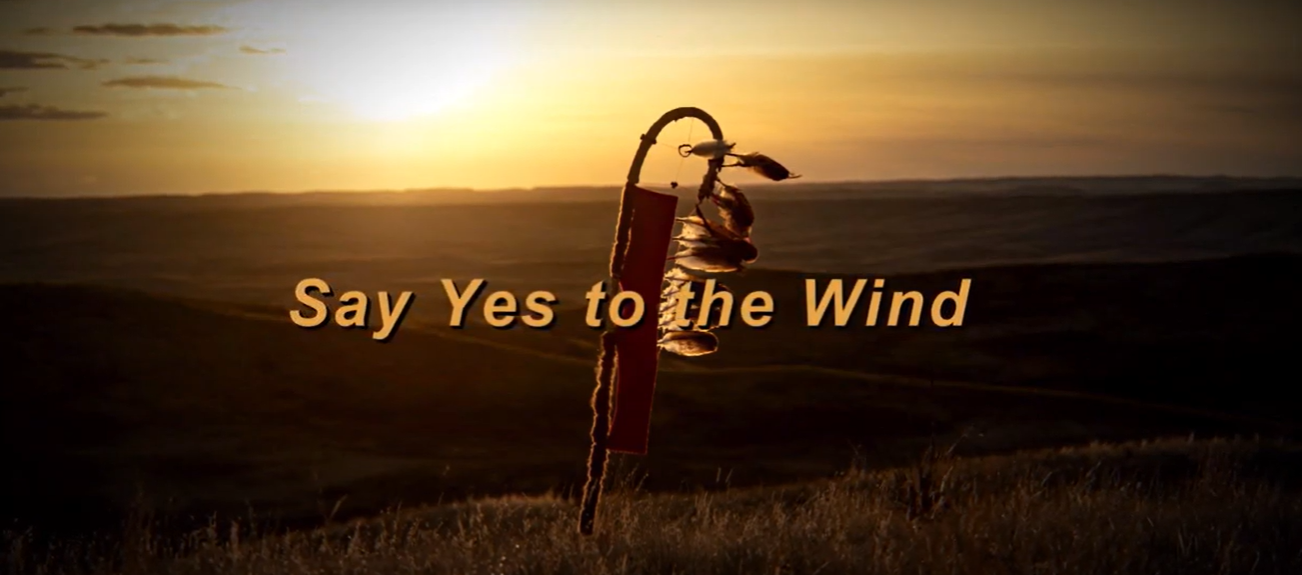Current Opportunities for Economic Development: Energy
The session featured a panel discussion on the impacts of energy projects on tribal and Native lands. Our panelists Kenneth Ahmann, Ken Stock, and Wendolyn Holland shared a wealth of expertise and insight into the importance and timeliness of the energy sector and its impact on community economic development.
A recorded portion of the session from the 45-minute mark and on
Key Takeaways
Tribes looking to get their energy projects started should:
Find trustworthy partners
Explore and ‘exploit’ the resources available to tribes
Secure available funding NOW, before it expires
Don’t ‘suffer in silence’ - ask for help getting started!
Subject matter experts
Session Summary
Traditional and Non-traditional Impacts of Energy Projects on Tribal Communities
Traditional energy business models have historically not aligned with Native values, causing harm to land and resources while relying on a patronizing governing structure. This has led to disparities in access to and the prices paid for power by homes in Indian Country; native communities experience more extreme energy cost burden than the average US citizen.
New models are embracing energy sovereignty, which includes having a single point of contact for exporting and importing power, ensuring accessible and reliable energy that keeps dollars in Indian Country. The Department of Energy (DOE) supports this initiative by offering funding exclusive to tribes for energy sovereignty activities. In particular, the DOE offers a Grid Resilience formula grant and the office in charge of the program is a fantastic resource. Contact them by emailing: GDOTribalAssistance@hq.doe.gov.
Energy independence boosts economic mobility in tribal communities. For example, solar projects provide a stable energy resource for the local community, saving households money and allowing tribes to sell energy back to the greater market as an alternative revenue stream. Increased household savings and tribal revenue contribute to more dollars being spent locally. The more tribally owned enterprises that exist, the more times a single dollar is spent on the reservation which is a sign of strong community economic health.
Examples of Tribal and Non-tribal Businesses Utilizing Federal Funds
The Inflation Reduction Act (IRA) is providing up to 70% back on energy projects which represents a massive opportunity for tribal economies. Using these funds to build solar grids, for example, strengthens and empowers tribes to gain control of the programs that have traditionally discriminated against them. Tribes can either ‘buy the expertise’ via hiring outside assistance or use ‘in-house knowledge’ and tribal human capital to create a tribally-owned company. Read more about tribal business structuring. Utilizing in-house staff has the benefit of allowing tribes to expand their business and continue the flow of wealth and building back into the community.
Additionally, there is the ‘tax piece’. Energy policy follows tax policy which guides decision making. Historically, tribes have been left out of the important tax code decisions. However, new codes have opened that up.
“New Markets Tax Credits on the front end, IRA tax credits on the back end, all the grant stacking that you can come up with in the middle. The goal is to not spend any of the tribe’s money.”
Closing Thoughts
There are resources available, including the above panelists, who can help tribes and their programs get involved in energy projects. Do not hesitate to reach out to them, and soon since “the money ebbs and flows … but it’s here now.”
There were many questions posed by participants during the session. Those questions, with answers from the Resource Group and fellow participants, will continue to be posted in the Knowledge Bank on the CoP website. If you have questions that you want answered, please ask in the LinkedIn group or share it with the administrators.
EDA Corner
Carolee Wenderoth hosted the EDA Corner and discussed various resources that EDA offers to assist tribes with their energy goals. Explore the resources Carolee mentioned and some of EDA’s other notable programs:














